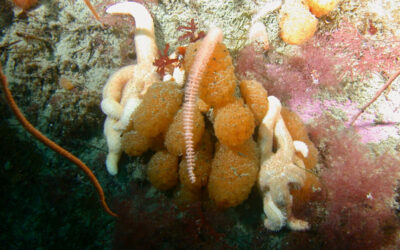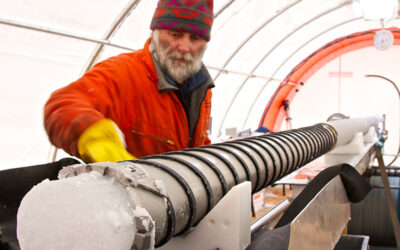New research has traced the production of palmerolide A, a key compound with anti-melanoma properties, to a suite of genes coded in the genome by a member of a sea squirt’s microbiome.
Early Human Activities Impacted Earth’s Atmosphere More Than Previously Known
An international team of researchers led by Desert Research Institute analyzed ice core samples from Antarctica’s James Ross Island and found early human activity caused significant changes to the earth’s atmosphere. Their findings were just released in a new Nature journal article.

